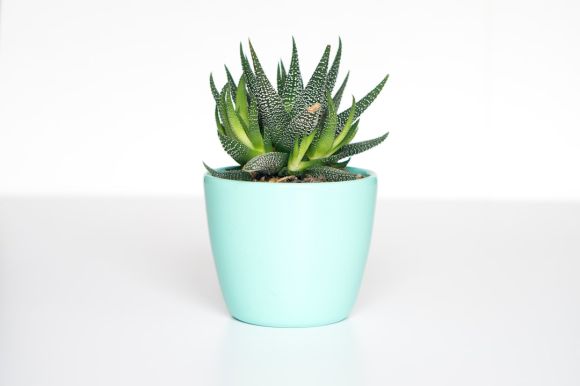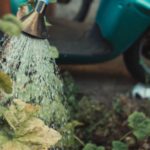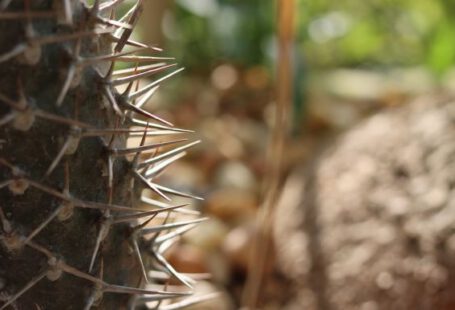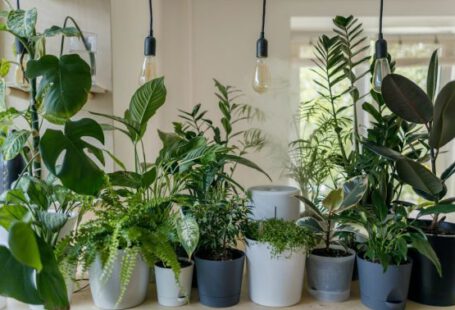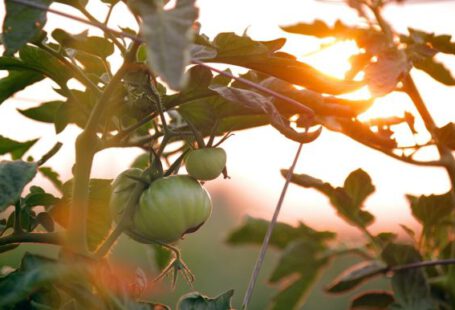Potted plants are a beautiful addition to any home or garden, but they can also be prone to a common problem known as root rot. Root rot occurs when the roots of a plant become saturated with water, leading to the growth of harmful bacteria and fungi. If left untreated, root rot can quickly kill a plant. However, with a few simple steps, you can prevent root rot and keep your potted plants healthy and thriving.
Choose the Right Pot and Soil
The first step in preventing root rot is to choose the right pot and soil for your plants. Ensure that your pots have adequate drainage holes to allow excess water to escape. Additionally, opt for a well-draining potting mix that is specifically designed for potted plants. This type of soil will allow water to flow freely through the roots, reducing the risk of waterlogged conditions that can lead to root rot.
Water Correctly
One of the main causes of root rot is overwatering. Many plant owners make the mistake of watering their plants too frequently or giving them too much water at once. To prevent root rot, it is important to water your plants correctly. Only water when the top inch of the soil feels dry to the touch, and make sure to water thoroughly but avoid allowing water to sit in the saucer below the pot. Empty any excess water to prevent waterlogging.
Monitor Humidity Levels
High humidity levels can contribute to the development of root rot. To prevent this, it is important to monitor the humidity levels around your potted plants. If you live in a humid climate, consider placing a dehumidifier near your plants or using a fan to improve air circulation. Additionally, avoid placing your plants too close together, as this can create a humid microclimate that is conducive to root rot.
Use Proper Plant Care Techniques
Proper plant care techniques can go a long way in preventing root rot. Avoid overcrowding your plants, as this can restrict airflow and increase humidity levels. Regularly remove any dead or decaying leaves from your plants, as these can harbor harmful bacteria and fungi. Additionally, be mindful of the temperature and light conditions in which your plants are kept. Different plants have different temperature and light requirements, so make sure to provide the optimal conditions for your specific plants.
Monitor and Treat Early Signs of Root Rot
Despite your best efforts, root rot can still occur. It is important to regularly monitor your plants for early signs of root rot, such as wilting, yellowing leaves, and a foul odor coming from the soil. If you notice any of these signs, take immediate action to treat the root rot. Carefully remove the affected plant from its pot, trim away any rotting roots, and repot it in fresh, well-draining soil. If the root rot has progressed too far, it may be necessary to discard the plant and start fresh.
In conclusion, preventing root rot in potted plants requires attention to detail and proper care techniques. By choosing the right pot and soil, watering correctly, monitoring humidity levels, using proper plant care techniques, and promptly treating any signs of root rot, you can keep your plants healthy and free from this common problem. With a little extra effort, your potted plants will thrive and bring beauty to your home or garden for years to come.
